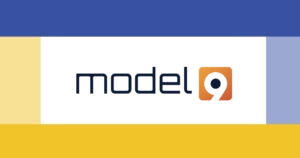BrianBlog for Model9 by Jason Bloomberg
Mainframes have long established themselves as the workhorses of transaction processing in enterprises around the globe. Far from their mischaracterization as legacy systems, modern mainframes are full-fledged participants in modern hybrid IT architectures.
Extracting the full value of corporate data in cloud analytics applications when 80% of it—much of it the most critical information an enterprise collects—remains on the mainframe, continues to be a challenge for the simple reason that BI tools only leverage data that resides in the cloud in open formats.
Fortunately, there are modern approaches for delivering business value from BI and analytics in the cloud that can quickly and cost-effectively analyze the sum total of data collected in both mainframe and open formats.
Running a mainframe analytics program doesn’t solve the problem
Enterprises have been extracting value from data on mainframes for decades, of course. However, the programs that perform such operations are quite long in the tooth and lack many modern features that today’s executives expect.
These mainframe programs also run in batch mode, delivering reports when runs are complete (remember the green and white striped paper?) As a result, the information they deliver is always out of date.
The biggest drawback to mainframe analytics programs is perhaps the most obvious: they only deal with data on the mainframe, leaving business users scratching their heads about how mainframe and non-mainframe data relate to each other.



